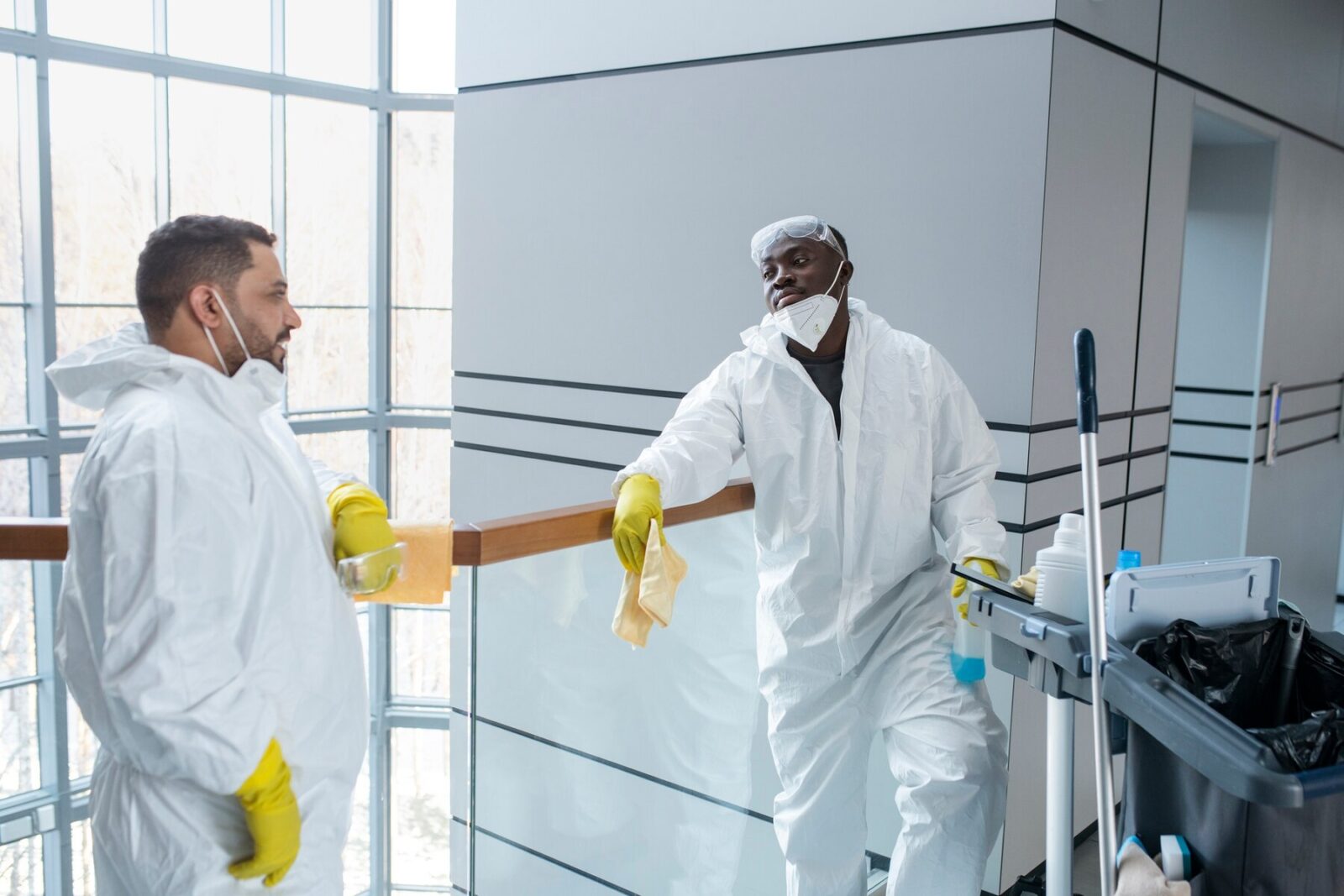
How to Clean Leather Work Gloves: A Comprehensive Guide
Leather work gloves are essential for protecting your hands in demanding work environments, but regular care can significantly extend their...
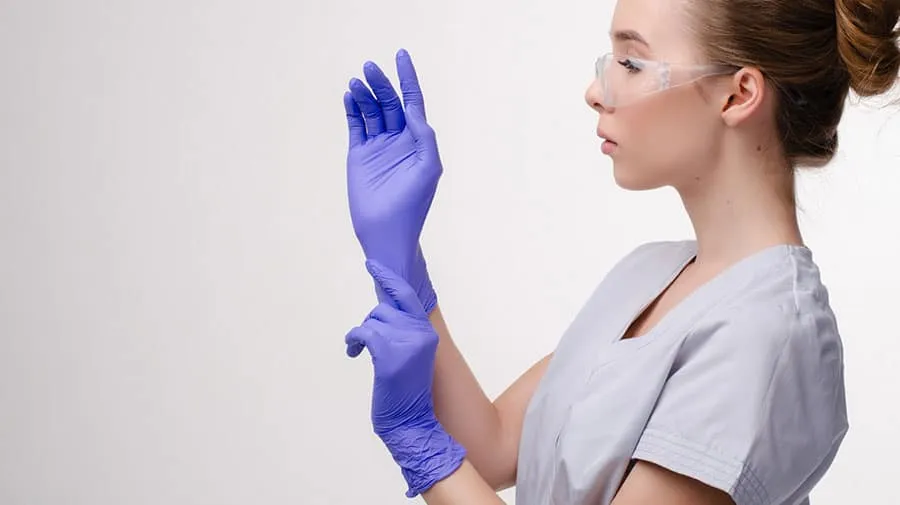
Get 20€ off on your first order!



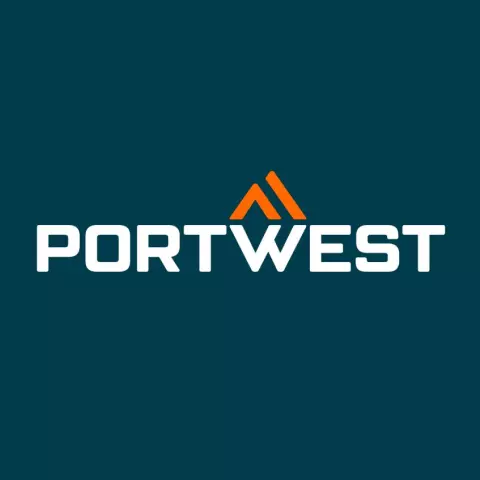

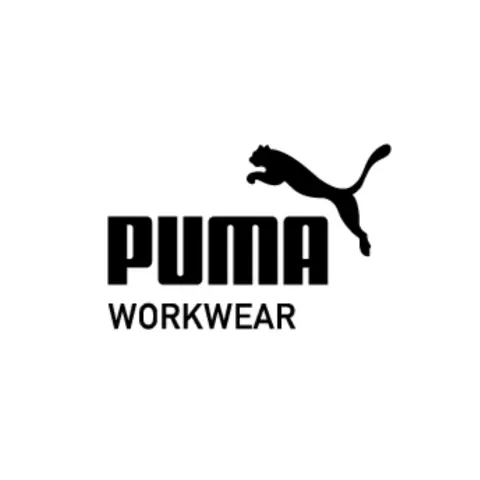




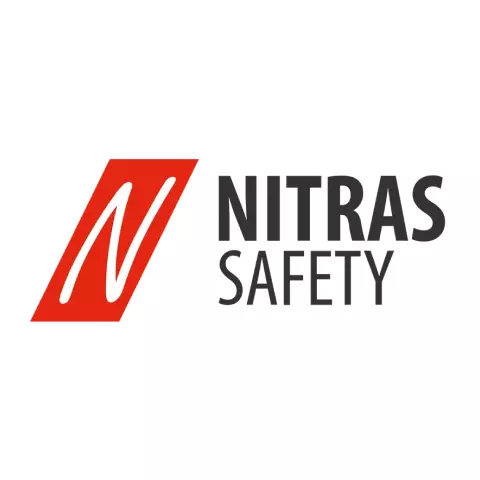




















Struggling to find the right disposable gloves for your cleanroom needs in Europe? This guide has you covered.
From navigating stringent cleanliness standards to understanding ISO classifications, we’ll equip you with all the knowledge you need to confidently choose gloves that ensure contamination-free environments.
Our expertise spans material comparisons, sterility requirements, and regulatory compliance, guaranteeing you make informed decisions. Plus, we’ll help you tackle your next challenge: maintaining glove integrity and performance in storage and use.
Dive in, and let us simplify your cleanroom glove selection process while preparing you for what’s next.
Start by exploring the comprehensive buying guide for disposable gloves.
Selecting the ideal single-use gloves for cleanroom use involves evaluating several critical factors, which are particularly important to meet the stringent requirements of such controlled environments.
The material impacts glove performance and suitability for specific tasks. Below is a detailed comparison chart to help you choose the best material for your cleanroom needs:
| Material | Strengths | Weaknesses | Best-Suited Cleanroom Classifications |
| Nitrile | Excellent chemical resistance, durable | Less tactile sensitivity than latex | ISO 5 – ISO 7 |
| Vinyl | Cost-effective, suitable for low-risk tasks | Limited durability, less form-fitting | ISO 7 – ISO 9 |
| Latex | Highly elastic, excellent comfort and fit | Allergen risk, less chemical resistance | ISO 5 – ISO 6 |
This chart provides an overview to guide your selection based on task requirements and cleanroom classifications.
The material impacts glove performance and suitability for specific tasks. Common materials include:
Selecting the ideal single-use gloves for cleanroom use involves evaluating several critical factors, which are particularly important to meet the stringent requirements of such controlled environments.
Cleanroom gloves are categorized based on ISO standards, such as ISO 5 or ISO 7, which dictate the acceptable level of particles. Choosing gloves that meet the required classification ensures compliance and optimal performance in cleanroom environments. such as ISO 5 or ISO 7, which dictate acceptable particle levels and contamination control. Learn more about cleanroom gloves standards here.

Sterile gloves help maintain cleanroom standards by effectively reducing microbial contamination risks. Look for options labeled as “sterile” and validated through EN 374 standards for chemical and microbial penetration resistance.
Longer gloves offer additional coverage, making them ideal for tasks requiring enhanced protection. Find out when longer gloves are necessary.
An appropriate fit reduces hand fatigue during prolonged use. Use this sizing chart to determine your glove size:
| Hand Circumference (cm) | Glove Size |
| 16 – 19 | Small (S) |
| 20 – 23 | Medium (M) |
| 24 – 27 | Large (L) |
| 28+ | Extra Large (XL) |
When purchasing cleanroom gloves in Europe, understanding regulatory compliance ensures both safety and legality. Key regulations include:
Reputable manufacturers offer certifications, helping you confidently select compliant gloves for your needs. It is beneficial to request data sheets to ensure compliance and suitability for your specific cleanroom requirements. focusing on certifications like EN 374 or ISO compliance to verify their suitability for your cleanroom needs.
Selecting the right gloves for your cleanroom tasks ensures both compliance and performance. Here are some actionable steps:
In addition to cleanroom gloves, you may need other disposable gloves based on specific applications:
Proper storage is critical for ensuring the longevity and performance of cleanroom gloves. Proper storage supports the longevity and reliable performance of gloves in cleanroom environments.
For a wide selection of disposable gloves tailored to European standards, Droppe offers trusted quality and comprehensive options for cleanroom, pharmaceutical, and electronics applications. visit the Droppe product category page. Whether you need gloves for pharmaceuticals, electronics, or general cleanroom use, you’ll find quality options.
Looking for more detailed guides? Check out these helpful articles:
We hope this guide has provided valuable insights into selecting the ideal disposable gloves for cleanroom use, from understanding ISO classifications to navigating material choices and regulatory standards. Whether you’re maintaining contamination-free environments in pharmaceuticals, electronics, or other industries, we’re here to ensure you find the perfect fit for your needs.
Explore the full range of Cleanroom Gloves on Droppe, where trusted brands and high-quality options are just a click away.
Have questions or need personalized assistance? Reach out to our team—we’re always here to help you maintain compliance, safety, and confidence in every purchase.
– The Droppe Team
Yes, cleanroom gloves can be used for tasks requiring strict contamination control, but always ensure they meet the specific requirements of your application.
Look for ISO classification and compliance with standards like EN 374, which indicate suitability for cleanroom environments.
Sterile gloves undergo additional processes to remove microorganisms, making them ideal for critical environments like pharmaceuticals.
Dispose of gloves according to your facility’s waste management protocols, ensuring contamination control is maintained.
No, cleanroom gloves are designed for single use to prevent contamination and maintain cleanliness standards.
Thank you! You've signed up for our newsletter.









Leather work gloves are essential for protecting your hands in demanding work environments, but regular care can significantly extend their...

Choosing the right heat-resistant gloves is very important for safety and performance when working in hot places. Heat-resistant gloves are...

Looking for the perfect leather winter work gloves to keep your hands warm, protected, and functional in cold weather? Let...

Leather work gloves are essential for protecting your hands in demanding work environments, but regular care can significantly extend their...

Choosing the right heat-resistant gloves is very important for safety and performance when working in hot places. Heat-resistant gloves are...

Looking for the perfect leather winter work gloves to keep your hands warm, protected, and functional in cold weather? Let...
Get 20€ off on your first order!
Save 30% by buying directly from brands, and get an extra 10€ off orders over €100
Save 30% by buying directly form brands, and get an extra 10€ off orders over €100